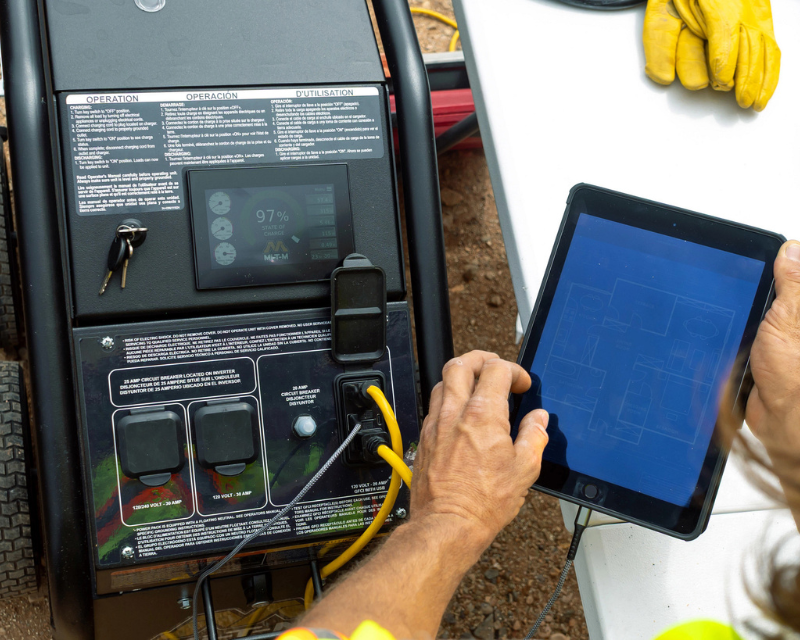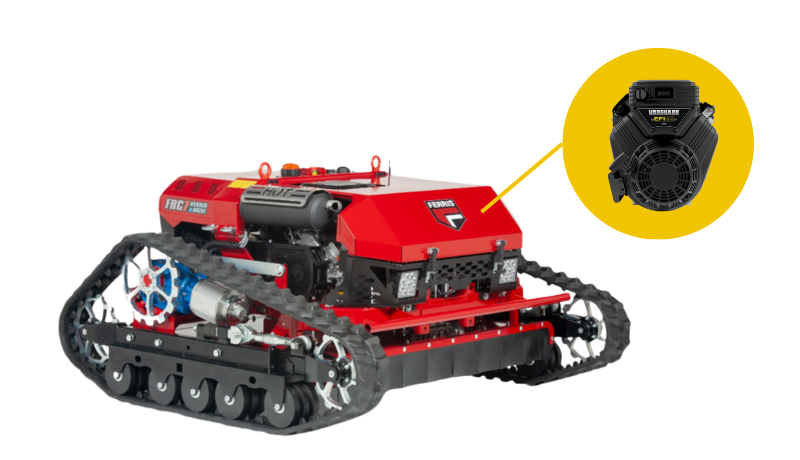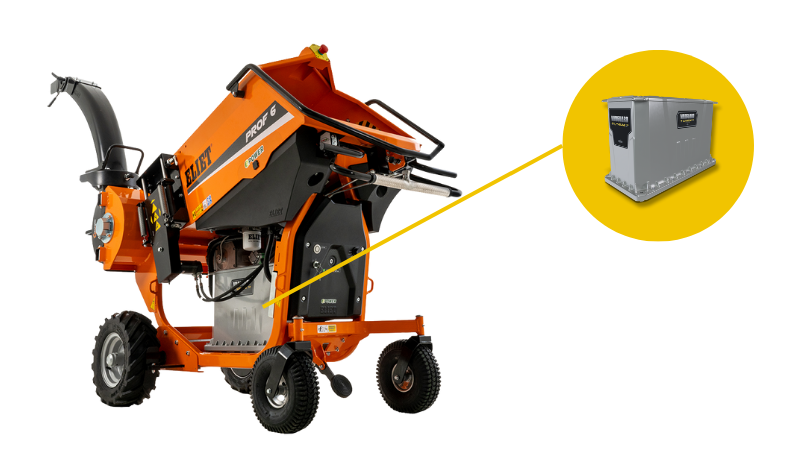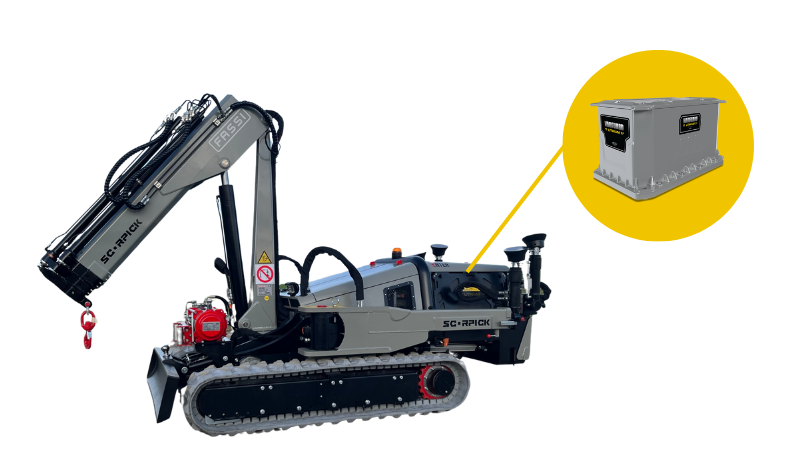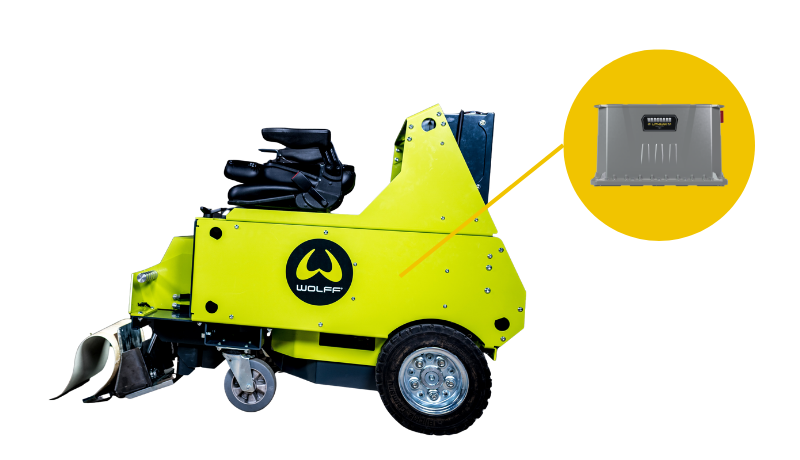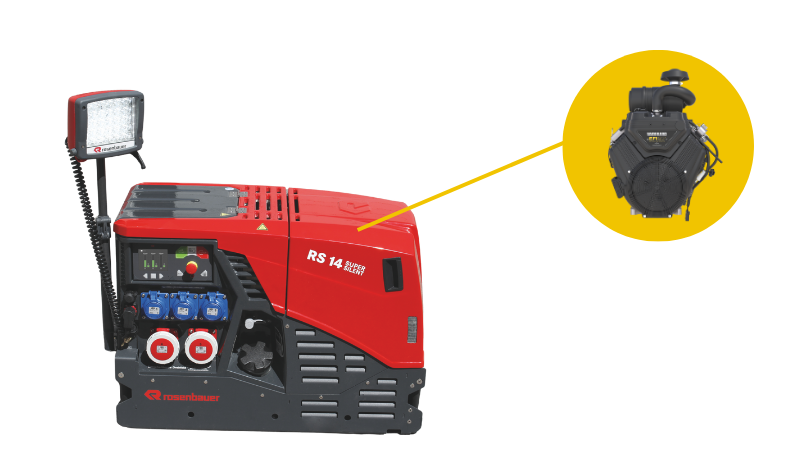Key Takeaways for OEMs and Component Suppliers:
Maximizing Efficiency and Innovation with CANbus Technology
CANbus or Can-bus (Controller Area Network bus) technology has become an indispensable backbone for modern industrial machinery, offering a robust and efficient communication protocol that revolutionizes how Original Equipment Manufacturers (OEMs) and component suppliers design, build, and maintain their products. Its widespread adoption across diverse industries underscores its proven reliability and the significant advantages it brings to the table.
What are CANbus and J1939?
CANbus allows different components of a machine to communicate with each other via a Controller Area Network (CAN) in real time. Using CANbus makes it easier to connect new components and also makes the implementation easily scalable for each machine.
In addition to CANbus being more convenient, J1939 can be implemented alongside CANbus systems. J1939 is a communication protocol built for CANbus that helps to standardise data exchange between two different components, and is widely used in automotive and industrial applications.
There are numerous elements that make combining CANbus and J1939 beneficial, including easy integration and monitoring, cross-industry application and they also comply with international standards, ideal for globally oriented OEMs.
Andrew Charuta, Regional Technical Service Leader for Electrification at Briggs & Stratton EMEA said:
“Simply put, CANbus is a kind of ''network'' that allows all devices connected to the bus to ''talk'' to each other. It is a robust vehicle bus standard designed to allow microcontrollers and devices to communicate with each other without a host computer."
Streamlined Integration and Accelerated Assembly
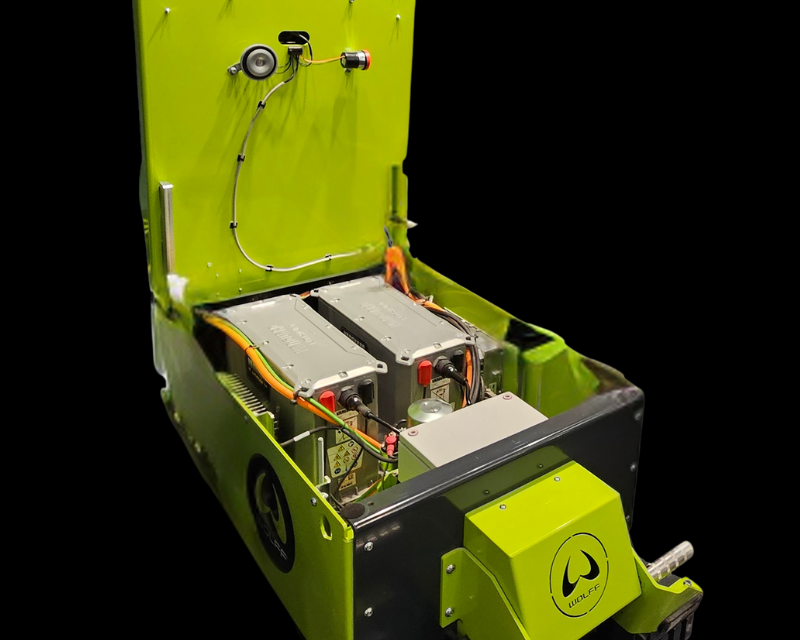
CANbus profoundly simplifies the complex process of wiring and integrating various components within a machine. By replacing traditional, bulky point-to-point wiring harnesses with a single network cable, OEMs can achieve:
Reduced Wiring Complexity: This significantly cuts down on the sheer volume of wires, leading to a neater, more organized internal structure.
Faster Assembly Times: With fewer connections to make and fewer opportunities for errors, assembly lines can operate more efficiently, accelerating production cycles.
Minimized Wiring-Related Faults: The simplified wiring architecture inherently reduces the likelihood of connection errors, short circuits, or dislodged wires, leading to higher initial quality and fewer reworks.
Enhanced Manufacturability: The modular nature facilitated by CANbus allows for standardized wiring practices, making the manufacturing process more predictable and less prone to human error.
Enhanced Diagnostics and Proactive Maintenance
One of the most powerful features of CANbus is its ability to facilitate real-time data exchange, which is critical for advanced diagnostics. This translates into tangible benefits for maintenance and uptime:
Quicker and More Precise Issue Identification: Instead of relying on manual troubleshooting, technicians can use diagnostic tools to pinpoint the exact location and nature of a fault within the CANbus network. This drastically reduces diagnostic time and ensures that repairs are targeted and effective.
Improved Maintenance Efficiency: With accurate diagnostics, maintenance teams can spend less time searching for problems and more time resolving them. This leads to reduced downtime and increased machine availability.
Predictive Maintenance Capabilities: The continuous flow of data allows for the monitoring of component health and performance trends. This enables OEMs and operators to move towards predictive maintenance, scheduling repairs before a critical failure occurs, thereby preventing costly unplanned disruptions.
Remote Diagnostics: In many applications, CANbus data can be accessed remotely, allowing for off-site troubleshooting and even software updates, further enhancing maintenance flexibility and reducing the need for on-site visits.
Modular Design and Future-Proofing for Long-Term Value
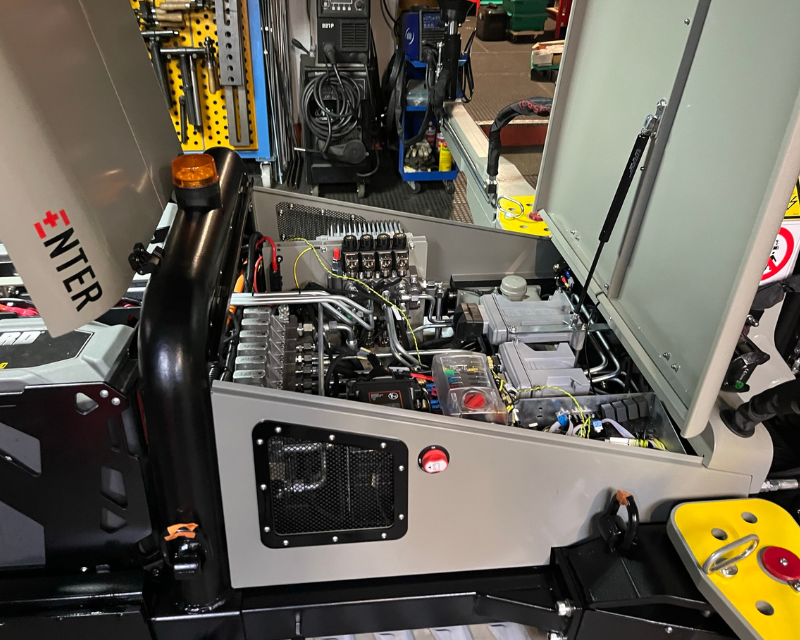
CANbus actively promotes a modular approach to machine construction, offering significant long-term advantages:
Facilitated Modular Machine Construction: Components can be designed as self-contained modules that easily connect to the CANbus network. This allows for greater flexibility in machine configuration.
Easy Adaptation to Different Markets and Configurations: OEMs can create variations of their machines by simply adding or removing specific CANbus-enabled modules, catering to diverse customer needs or regulatory requirements across different markets without a complete redesign.
Lower Total Cost of Ownership (TCO): The ease of modification, upgrade, and maintenance inherent in a CANbus-based design contributes to a lower TCO over the machine's lifecycle. Upgrades can be implemented by swapping out modules rather than re-engineering entire systems.
Seamless Integration of Future Technologies: As new technologies and components emerge, their integration into an existing CANbus infrastructure is significantly simpler. This "future-proofs" the machine, ensuring it can evolve and remain competitive without extensive overhauls.
Strengthening Supplier Partnerships and Market Opportunities
For component suppliers, embracing CANbus compatibility is not just a technical consideration; it's a strategic move that enhances market opportunities and strengthens relationships with OEM clients:
Enhanced Market Opportunities: Suppliers offering CANbus-enabled components gain a significant competitive edge. OEMs actively seek components that integrate seamlessly into their existing or new CANbus architectures, making such suppliers preferred partners.
Ensured Seamless Integration into OEM Systems: By providing components that are "plug-and-play" with CANbus, suppliers reduce the engineering burden on OEMs, making their products more attractive and easier to adopt. This fosters stronger, more collaborative partnerships.
Reduced Development Time for OEMs: When OEMs can source pre-CANbus-enabled components, they can significantly reduce their own in-house engineering and development time. This translates to faster time-to-market for new machine models.
Greater Value Proposition: Suppliers can market their components not just for their primary function but also for their integrated intelligence and communication capabilities, offering a more complete and valuable solution.
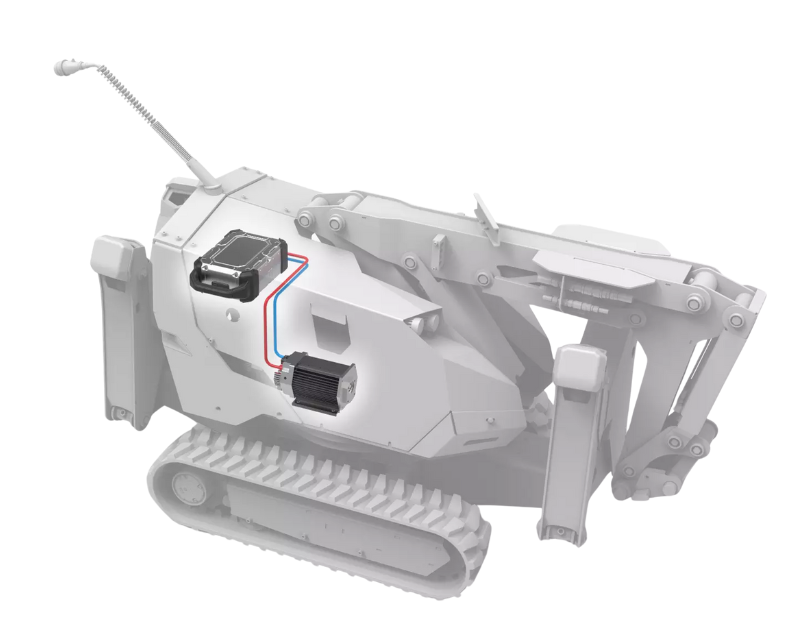
Addressing Integration Challenges: The Advantage of Pre-Enabled Components
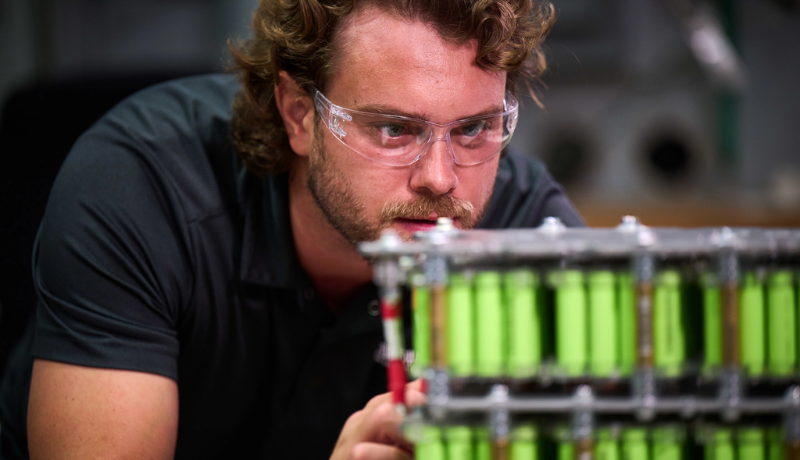
One of the most critical challenges in machine development is the integration of diverse components. CANbus-enabled components directly address this:
Reduced Engineering Time: When components arrive with integrated CANbus capabilities, OEMs spend less time on developing custom interfaces, writing communication protocols, and debugging integration issues.
Accelerated Time-to-Market: The reduction in engineering overhead directly translates to a faster development cycle, allowing OEMs to bring new products or updated models to market more quickly, gaining a competitive advantage.
Minimized Risk of Compatibility Issues: Utilizing standardized CANbus communication minimizes the risk of compatibility problems that often arise when integrating components from different manufacturers with disparate communication methods.
Vanguard, the commercial power brand of Briggs & Stratton, for example, offers CANbus-ready petrol engines and battery systems, providing OEMs with power solutions that fit seamlessly into existing communication networks. Steffen Hoffmann, Engineer at Briggs & Stratton’s Power Application Centre Europe (PACE) says:
“As machinery becomes more complex, the ability for components to communicate with each other is essential. CANbus as a common language creates not only additional integration options, it enables suppliers to deliver future-ready solutions. For engineers, that means less time spent on individual solutions and more focus on developing innovative applications"
Intelligent Energy Management in Battery Systems
In the rapidly expanding market for battery-powered equipment, CANbus plays a crucial role in optimizing energy management and extending battery life:
Real-Time Data Sharing: CANbus enables continuous, real-time communication between the battery management system (BMS), the charger, and other machine components. This constant flow of information is vital for optimal battery performance.
Balanced Charging: The BMS, via CANbus, can precisely monitor the voltage and temperature of individual cells within a battery pack. This data allows for balanced charging, preventing overcharging or undercharging of specific cells, which is critical for battery longevity and safety.
Extended Battery Life: By facilitating intelligent charging, discharging, and thermal management, CANbus directly contributes to maximizing the operational lifespan of expensive battery packs, reducing replacement costs and environmental impact.
Optimized Power Delivery: The system can dynamically adjust power output based on load demands and battery state, ensuring efficient energy utilization and preventing unnecessary drain.
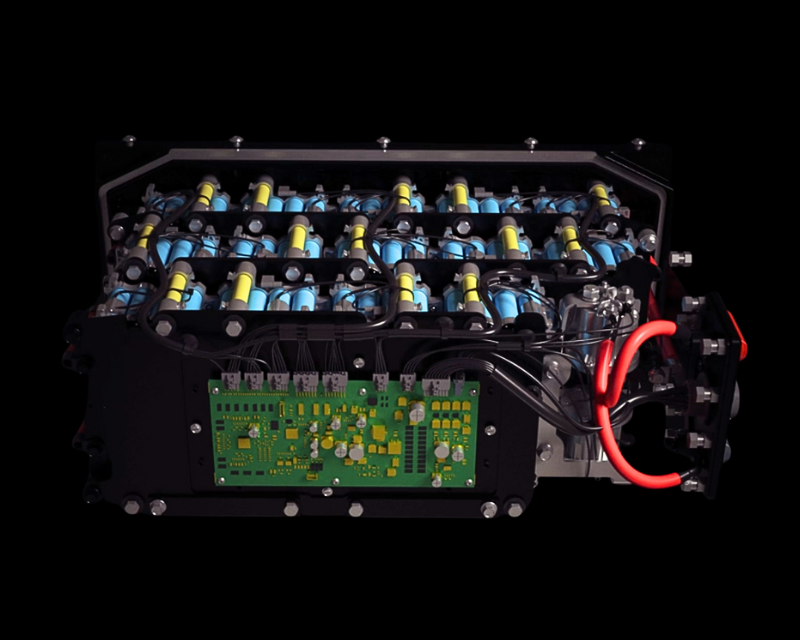
Cross-Industry Application: Versatility and Reliability Proven
CANbus has become a cornerstone of modern machine design across industries worldwide. First proven in the automotive sector, the technology is now applied to a wide range of smaller machines in agriculture, construction, landscaping and emergency services. Its ability to standardise communication, simplify integration and modular design makes it a valuable tool for any market where reliability and efficiency are key. Vanguard’s CANbus-compatible technology is already in use across a range of industries.
Agriculture & Landscaping
From precision farming equipment to autonomous tractors, CANbus facilitates the communication between various sensors, actuators, and control units, enabling intelligent operation and data collection
The remote controlled Ferris FRC7 hybrid slope mower uses a 23-horsepower CANbus-capable Vanguard EFI engine and offers reliable performance for turf and landscaping equipment.
While the ELIET Prof 6 On Wheels shredder runs on either Vanguard fixed or swappable commercial batteries or a Vanguard combustion engine, and is a good example of how the same machine can use different power sources that can be integrated by CANbus and J1939.
Construction
In heavy machinery like excavators, loaders, and cranes, CANbus ensures reliable control of hydraulic systems, engine management, and safety features, often operating in harsh environments.
Kovo Vuijtek’s Scorpick ENTER pick & carry crane powered by two Vanguard fixed batteries provides efficient support for emission-sensitive (indoor) facade glazing and interior construction sites .
Wolff's ride-on floor stripper powered by up to two Vanguard 48V 5.0kWh Fixed Battery Packs (Fi5.0) is designed to operate for up to 12 hours on one or two batteries—delivering consistent power without performance loss or the hassle of daily maintenance.
Fire & Rescue
In critical applications like ambulances and fire trucks, CANbus networks manage complex electrical systems, communication devices, and specialized equipment, where reliability is paramount.
The perfectly into the fire truck fitting Rosenbauer Power Aggregate uses the Vanguard 37-horsepower EFI engine to provide dependability, and rapid start in high pressure situations.
This broad cross-industry application underscores the inherent reliability of CANbus and its ability to deliver consistent performance in diverse and often challenging operational environments.
For OEMs and component suppliers, embracing CANbus is not just about keeping pace with technology - it's about building more efficient, intelligent, and future-ready machinery.
Technology Support
We offer OEMs a network of specialist partners to support technical development with our batteries.
Contact us
Do you need further information on a specific product?
Are you looking for support to find the right power solution?




